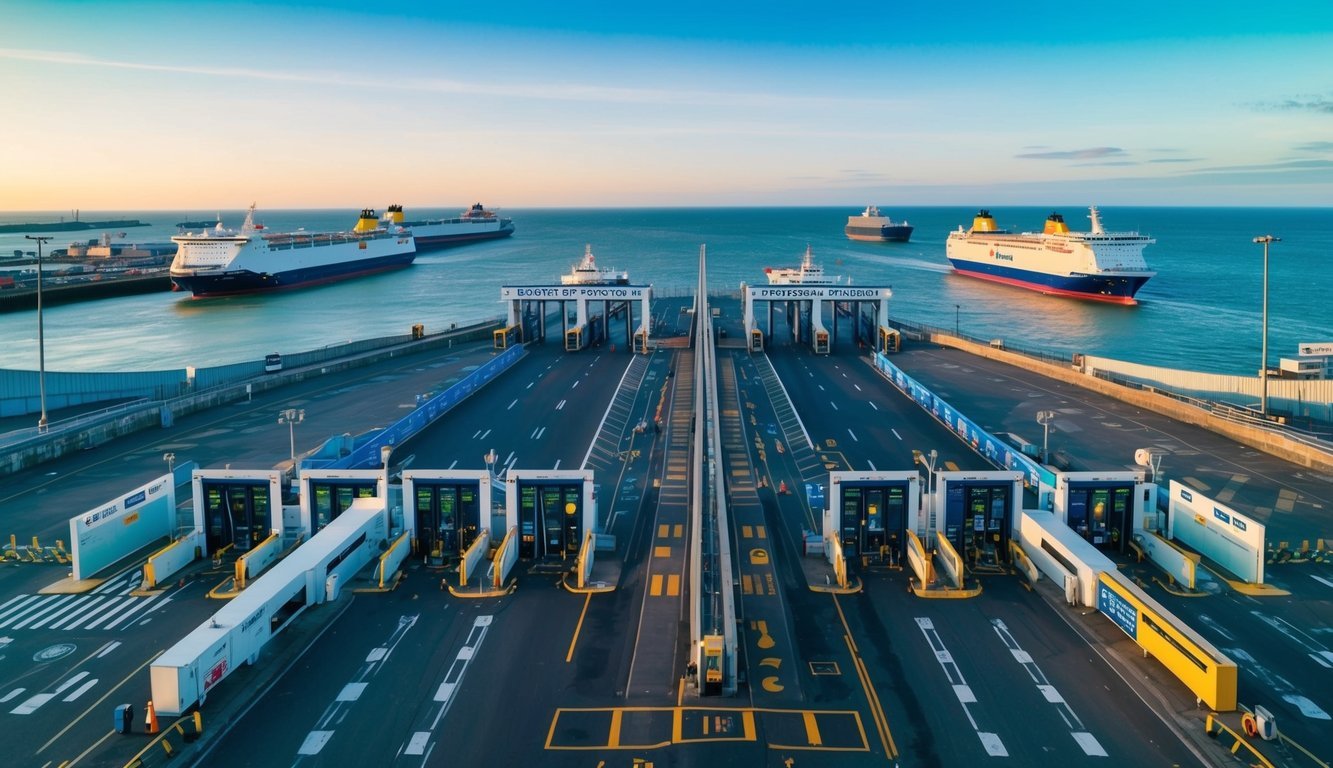Anticipation is rising at the Port of Dover as the launch of the Entry Exit System (EES) draws closer, slated for November 2025.
As the date approaches, worries about increased wait times have emerged, particularly with the implementation of biometric passport checks entailed by the new system.
Delays and Preparations
Originally, the EES was set to begin on November 10, 2024; however, a series of delays have shifted that timeline significantly.
The European Commission has not confirmed a start date yet, citing concerns about possible disruptions at the UK-France border.
Despite this uncertainty, Doug Bannister, the Port of Dover’s chief executive, remains optimistic about the November schedule and has confirmed that preparations are actively in motion for the forthcoming launch.
The journey to EES has not been straightforward.
Technological readiness and its implications for travel during peak times have contributed to repeated postponements.
In a prudent strategy, the European Union opted for a staggered rollout of the EES at specific borders rather than across all member states at once.
This gradual approach is designed to help each location adjust without overwhelming travelers or border control processes.
Impact on Travelers
Bannister indicated that the UK’s Department for Transport is strategizing based on an expected start in November.
This period typically sees a lull in travel, providing operators a chance to familiarize themselves with the new requirements ahead of the busy holiday season.
The EES represents a significant transformation in border management, incorporating biometric checks like fingerprint and facial recognition at passport controls.
This modernization aims to bolster both security and efficiency.
Following the introduction of the EES, travelers will also encounter the European Travel Information and Authorization System (ETIAS), which will function similarly to the United States’ ESTA and the UK’s new ETA.
Initially planned for rollout in 2022, the EES has faced several setbacks as officials seek the most effective ways to implement the necessary technology while minimizing disruption to travelers.
EU Commissioner Ylva Johansson has acknowledged the ambiguity surrounding the timeline but affirmed the EU’s dedication to launching the system at the earliest opportunity.
The phased implementation is designed to allow countries to integrate the new checks smoothly and make adjustments as needed, focusing on traveler convenience.
Concerns and Future Prospects
Given the high volume of passengers crossing the UK-France border and the complexities involved, concerns have been raised about potential congestion.
Previous challenges at the Port of Dover highlight the importance of robust infrastructure solutions to address these issues effectively.
As preparations continue at the Port of Dover, there is a sense of optimism among stakeholders that the EES will significantly enhance the travel experience at the EU’s external borders.
This step forward promises a more efficient and secure international travel landscape.
Importantly, while the EES changes border processes, travel within the Schengen Area will remain unaffected, allowing for seamless journeys between countries like France and Switzerland or Germany and Austria.
Overall, a new chapter in border crossing is on the horizon!

